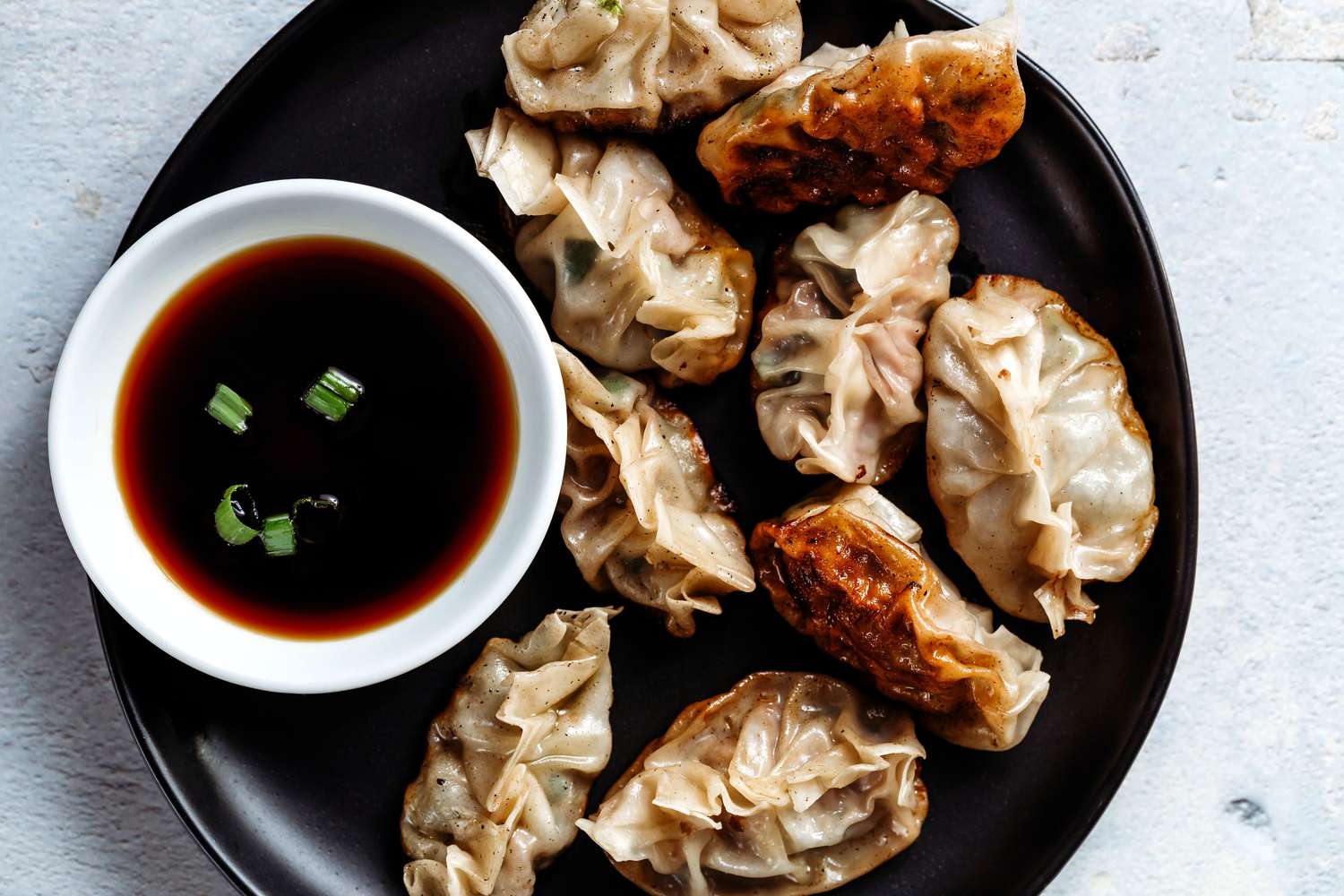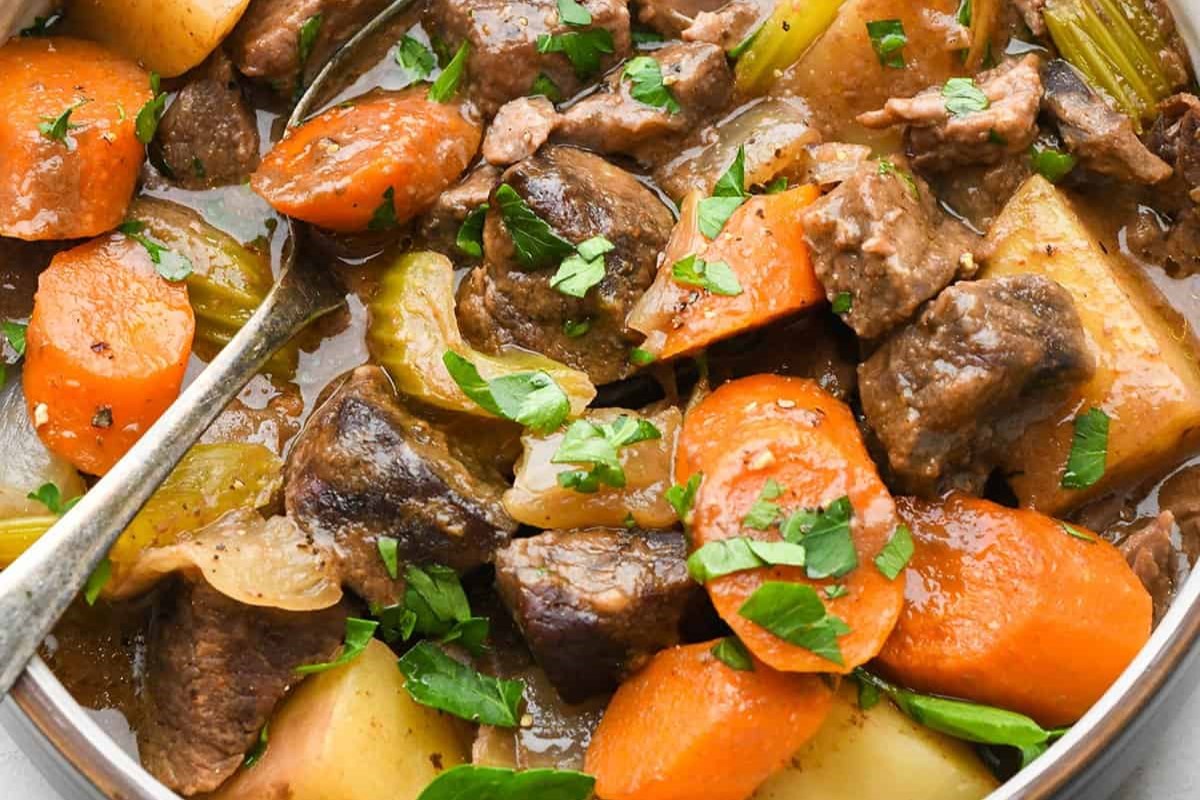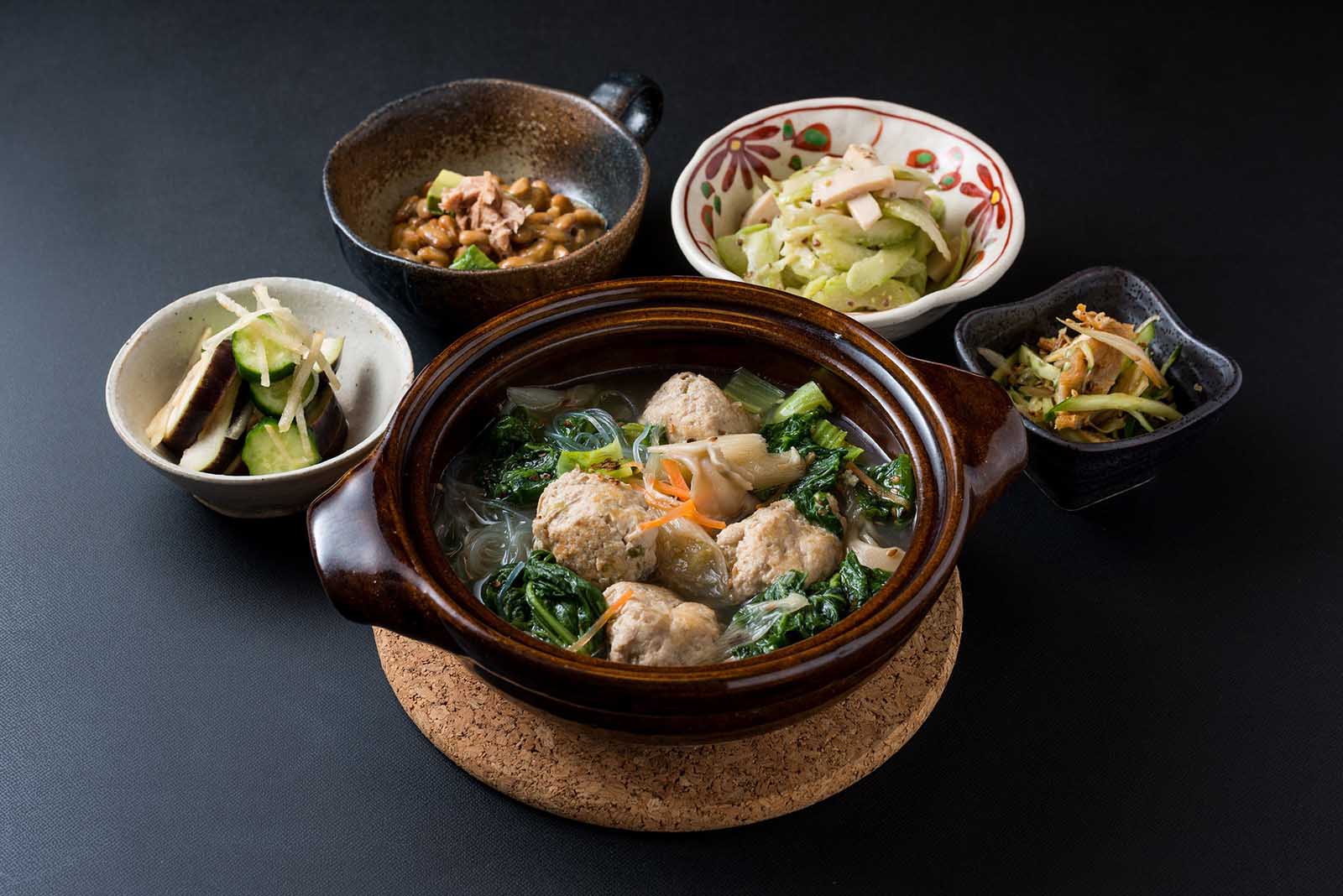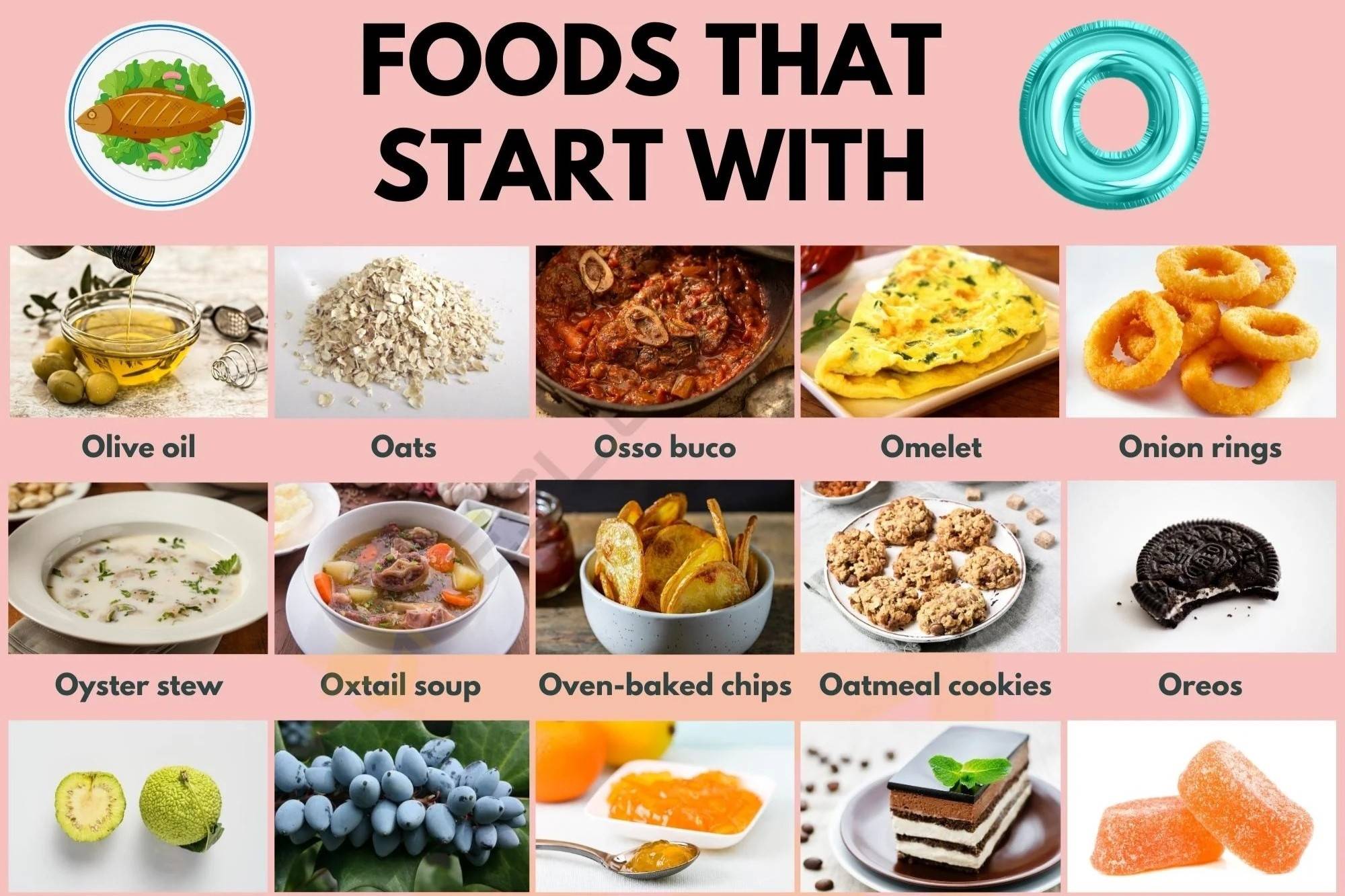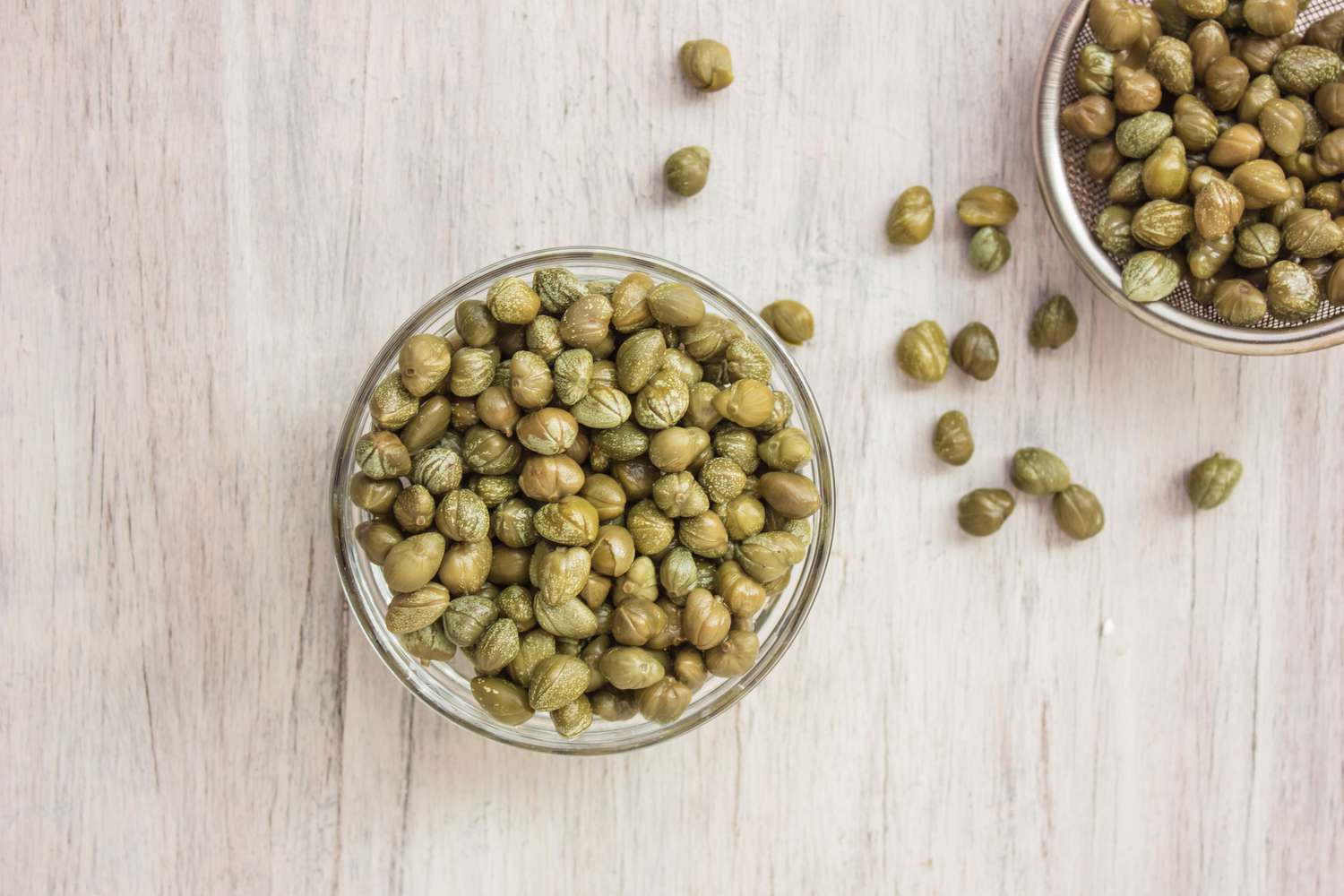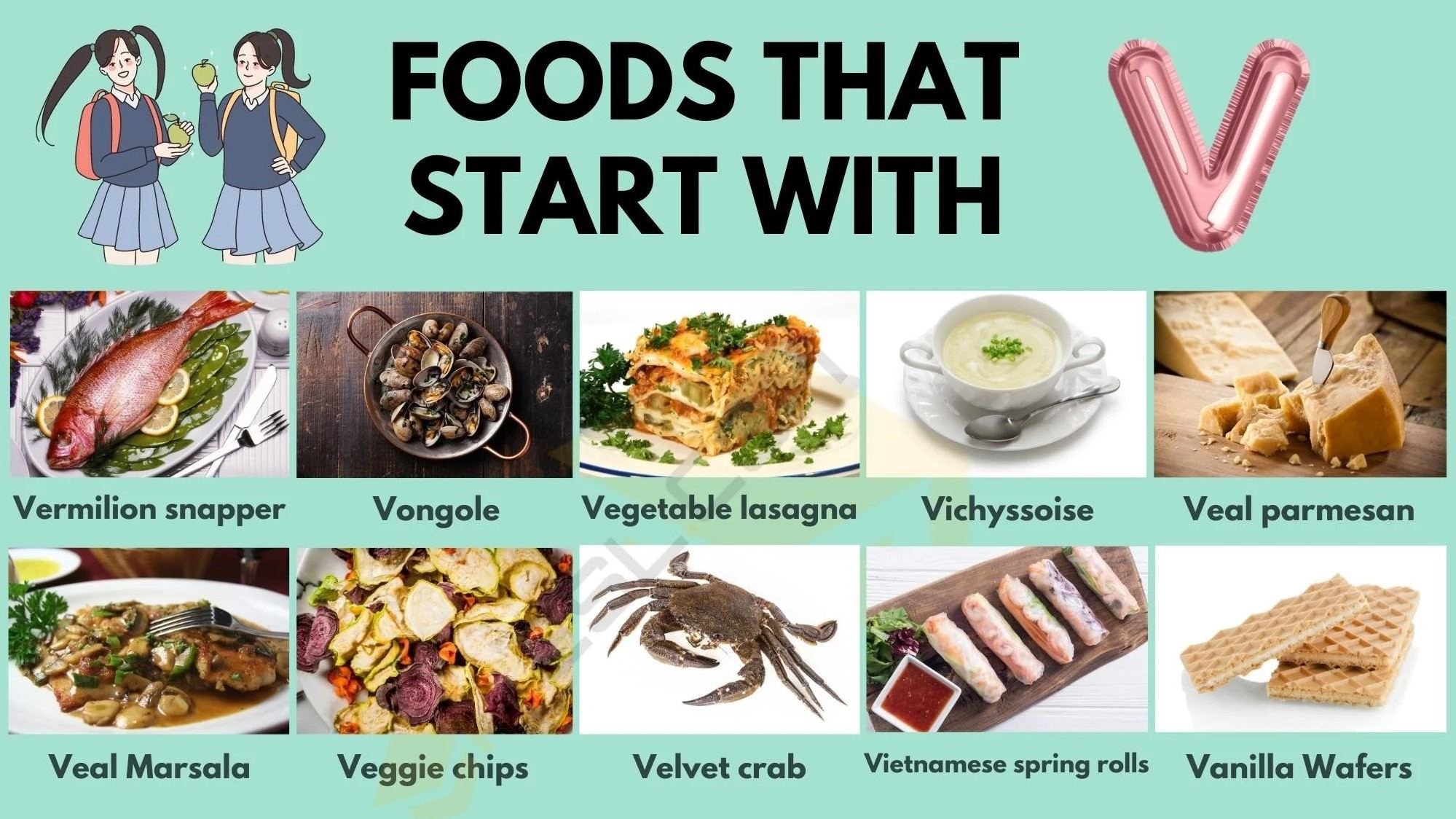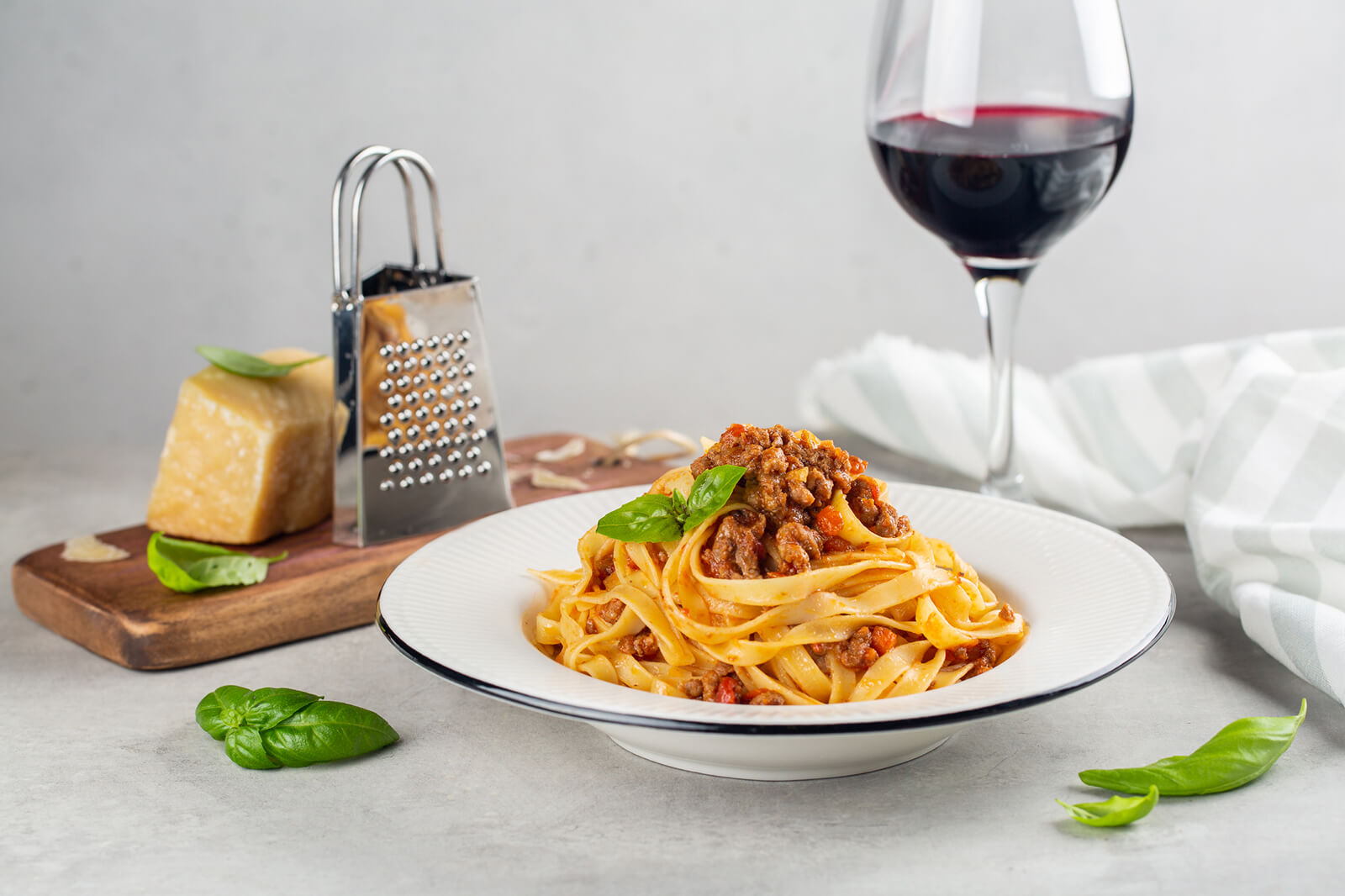Home>Food and Cooking>10 Delicious Gyro Side Dishes To Elevate Your Meal
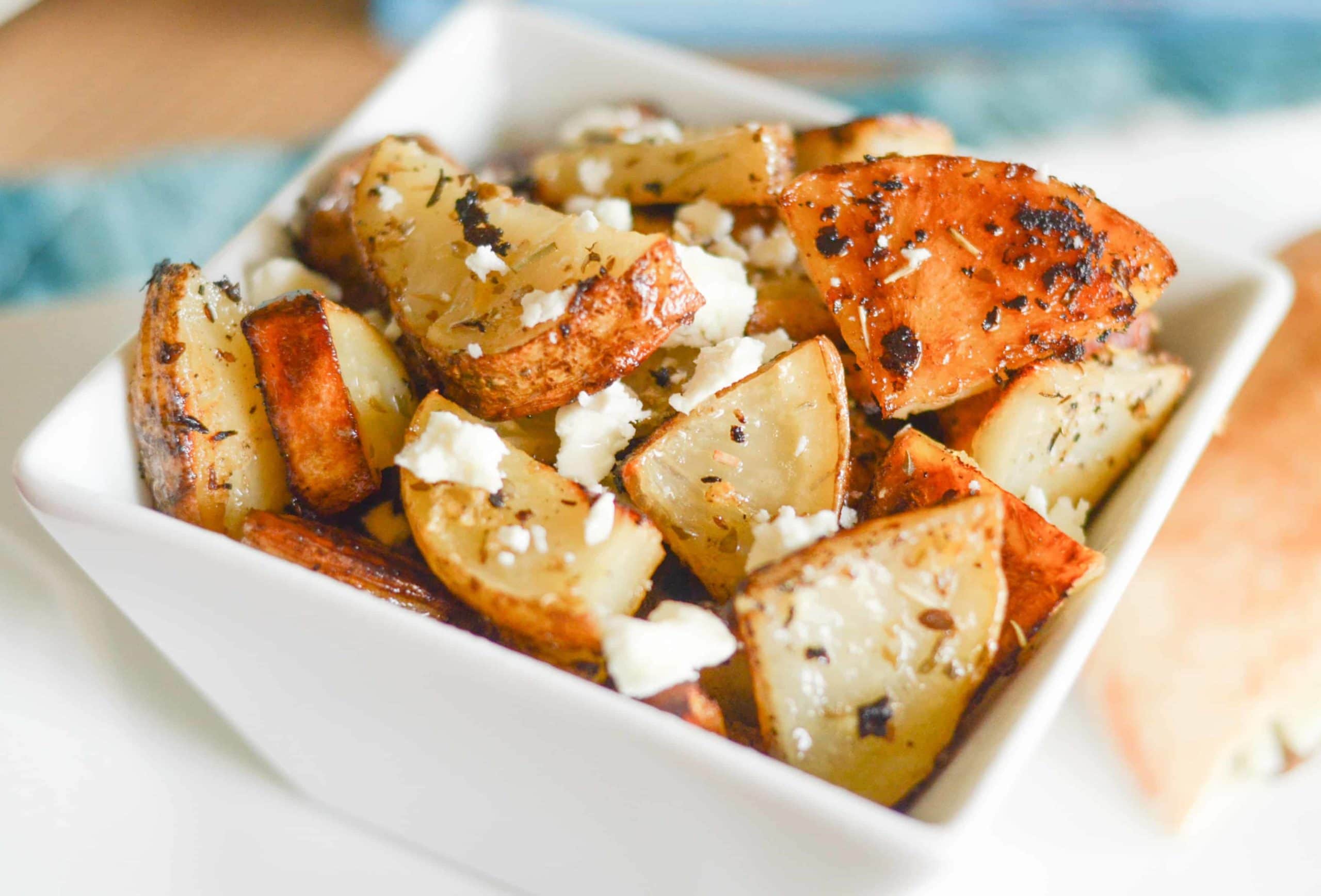

Food and Cooking
10 Delicious Gyro Side Dishes To Elevate Your Meal
Published: January 26, 2024
Discover 10 mouthwatering gyro side dishes to enhance your meal. Explore the best recipes and cooking tips for food lovers. Elevate your culinary experience today!
(Many of the links in this article redirect to a specific reviewed product. Your purchase of these products through affiliate links helps to generate commission for Noodls.com, at no extra cost. Learn more)
Table of Contents
Tzatziki Sauce
Tzatziki sauce is a traditional Greek condiment that adds a refreshing and tangy flavor to any gyro meal. This creamy sauce is made from strained yogurt, cucumbers, garlic, olive oil, and various herbs like dill, mint, or parsley. Its cool and creamy texture makes it a perfect accompaniment to the savory and robust flavors of gyro meat.
The process of making tzatziki sauce begins with straining the yogurt to remove excess whey, resulting in a thicker consistency that is essential for creating a rich and creamy base. The strained yogurt is then combined with finely grated cucumbers, which have been salted and drained to remove excess moisture. This step ensures that the sauce maintains a desirable thickness and prevents it from becoming watery.
To infuse the sauce with a burst of flavor, minced garlic is added, providing a subtle yet distinct kick. The addition of extra virgin olive oil not only contributes to the creamy texture but also imparts a fruity and slightly peppery taste. Fresh herbs such as dill, mint, or parsley are finely chopped and mixed into the sauce, enhancing its aromatic profile and adding a layer of freshness.
The versatility of tzatziki sauce extends beyond being a mere condiment. It serves as a delightful dip for pita bread, vegetables, or even as a topping for grilled meats and kebabs. Its cooling properties make it a perfect complement to spicy dishes, effectively balancing out the heat with its refreshing taste.
From a nutritional standpoint, tzatziki sauce offers a host of health benefits. Yogurt is a rich source of probiotics, which promote gut health and aid in digestion. Cucumbers are low in calories and high in water content, making the sauce a hydrating option. The incorporation of garlic provides potential immune-boosting properties, while the olive oil contributes heart-healthy monounsaturated fats.
In summary, tzatziki sauce is a quintessential component of Greek cuisine, celebrated for its creamy texture, vibrant flavors, and versatility. Whether used as a dip, a condiment, or a topping, its ability to elevate the dining experience is undeniable. With its refreshing and tangy profile, tzatziki sauce is a delightful addition to any gyro meal, enhancing the overall culinary journey with its Mediterranean charm.
Greek Salad
A Greek salad, also known as "Horiatiki," is a classic Mediterranean dish that embodies the essence of Greek cuisine. This vibrant and refreshing salad is a delightful accompaniment to gyro meals, offering a burst of flavors and textures that complement the savory notes of the main dish.
The foundation of a Greek salad is a colorful array of fresh and crisp vegetables. Crisp lettuce, juicy tomatoes, crunchy cucumbers, and tangy red onions form the base of this visually appealing dish. The combination of these ingredients provides a symphony of textures, ranging from the crispness of the lettuce to the juiciness of the tomatoes, creating a satisfying and palate-pleasing experience.
In addition to the vegetables, Greek salad features the distinct flavors of briny Kalamata olives and creamy feta cheese. The olives contribute a salty and slightly tangy essence, adding depth to the salad's profile. Meanwhile, the feta cheese provides a rich and creamy contrast, elevating the overall taste with its savory notes.
To tie everything together, Greek salad is dressed with a simple yet flavorful vinaigrette. The vinaigrette typically consists of extra virgin olive oil, red wine vinegar, dried oregano, and a pinch of salt and pepper. This dressing not only enhances the natural flavors of the vegetables but also contributes a luscious and herbaceous dimension to the salad.
The beauty of a Greek salad lies in its versatility and healthful qualities. It serves as a refreshing side dish that pairs perfectly with the robust flavors of gyro meat. Furthermore, the salad is a nutritional powerhouse, offering an abundance of vitamins, minerals, and antioxidants from its fresh and wholesome ingredients.
In summary, a Greek salad is a culinary masterpiece that embodies the essence of Mediterranean cuisine. Its vibrant colors, refreshing flavors, and wholesome ingredients make it a perfect side dish to elevate any gyro meal. Whether enjoyed on its own or alongside other Greek delicacies, the Greek salad stands as a testament to the art of simplicity and the celebration of fresh, quality ingredients.
Hummus and Pita Bread
Hummus and pita bread are a dynamic duo that adds a delightful touch to any gyro meal. This iconic combination, originating from the Middle East, has gained global popularity for its harmonious blend of flavors and textures.
Hummus, a creamy and velvety spread, is crafted from humble yet wholesome ingredients. The primary components include chickpeas, tahini (ground sesame paste), lemon juice, garlic, and olive oil. These simple yet flavorful ingredients are blended to perfection, resulting in a smooth and luscious dip that boasts a rich nuttiness from the tahini, a subtle tartness from the lemon juice, and a hint of earthiness from the chickpeas.
The versatility of hummus extends far beyond being a mere dip. Its creamy texture and robust flavor make it an ideal accompaniment to warm and pillowy pita bread. Pita bread, a round and hollow flatbread, is traditionally baked to create a soft and slightly chewy texture. When paired with hummus, it becomes a vessel for delivering a delightful medley of flavors, creating a satisfying and comforting eating experience.
The process of enjoying hummus and pita bread is as much a sensory experience as it is a culinary one. The act of tearing a piece of pita bread and dipping it into the creamy hummus evokes a sense of communal dining and conviviality. The combination of the warm, slightly charred pita bread with the cool and creamy hummus creates a delightful contrast in temperatures and textures, adding a layer of enjoyment to the dining experience.
From a nutritional standpoint, hummus and pita bread offer a host of health benefits. Chickpeas, the main ingredient in hummus, are a rich source of plant-based protein, fiber, and various vitamins and minerals. Meanwhile, pita bread, when made from whole wheat, provides complex carbohydrates and essential nutrients.
In summary, the pairing of hummus and pita bread is a testament to the beauty of simplicity and the celebration of wholesome ingredients. Its rich flavors, creamy textures, and nutritional benefits make it a perfect addition to any gyro meal, elevating the dining experience with its Mediterranean charm.
Tabouli
Tabouli, also known as tabbouleh, is a vibrant and refreshing salad that hails from the Middle East, particularly Lebanon. This iconic dish is celebrated for its vibrant colors, fresh ingredients, and invigorating flavors, making it a perfect side dish to accompany gyro meals.
At the heart of tabouli lies a generous serving of finely chopped fresh parsley. This herbaceous base not only provides a burst of greenery but also infuses the salad with a refreshing and earthy essence. The parsley is meticulously chopped to achieve a fine texture, allowing its flavors to meld harmoniously with the other ingredients.
In addition to the parsley, tabouli features an array of fresh ingredients, including ripe tomatoes, crisp cucumbers, and tangy red onions. These vibrant and crunchy elements contribute to the salad's visual appeal and provide a symphony of textures, ranging from the juiciness of the tomatoes to the crispness of the cucumbers.
One of the defining components of tabouli is bulgur, a whole grain that adds a delightful nuttiness and chewy texture to the salad. The bulgur serves as a hearty and wholesome addition, offering a satisfying bite and a rich source of fiber and essential nutrients.
To tie everything together, tabouli is dressed with a zesty and aromatic vinaigrette, typically made from a harmonious blend of extra virgin olive oil, freshly squeezed lemon juice, and a hint of tangy sumac. This dressing not only enhances the flavors of the fresh ingredients but also imparts a luscious and herbaceous dimension to the salad.
The beauty of tabouli lies in its simplicity and healthful qualities. It is a nutritional powerhouse, offering an abundance of vitamins, minerals, and dietary fiber from its fresh and wholesome ingredients. The combination of fresh herbs, vegetables, and whole grains makes tabouli a perfect accompaniment to gyro meals, adding a burst of freshness and vitality to the dining experience.
In summary, tabouli is a culinary gem that embodies the essence of Middle Eastern cuisine. Its vibrant colors, invigorating flavors, and wholesome ingredients make it a perfect side dish to elevate any gyro meal, adding a touch of freshness and vibrancy to the overall dining experience.
Roasted Vegetables
Roasted vegetables are a delightful and versatile side dish that adds a burst of flavor and vibrant colors to any gyro meal. This culinary technique involves cooking an assortment of fresh vegetables in the oven, resulting in tender, caramelized, and intensively flavored delights. The process of roasting vegetables not only enhances their natural sweetness but also brings out their inherent textures, creating a medley of mouthwatering tastes and appealing aromas.
To begin the preparation of roasted vegetables, a diverse selection of produce is chosen to provide a harmonious blend of flavors and textures. Common choices include bell peppers, zucchini, eggplant, cherry tomatoes, red onions, and carrots, though the possibilities are endless. The vegetables are then meticulously cleaned, trimmed, and cut into uniform pieces to ensure even cooking and an aesthetically pleasing presentation.
Once the vegetables are prepared, they are tossed with a drizzle of extra virgin olive oil, which not only serves as a medium for even heat distribution but also imparts a luscious and savory undertone to the dish. A sprinkle of salt and freshly ground black pepper is added to enhance the natural flavors of the vegetables, while additional seasonings such as garlic powder, dried herbs, or a dash of balsamic vinegar can be incorporated to elevate the taste profile.
The seasoned vegetables are then arranged in a single layer on a baking sheet, allowing ample space for air circulation and caramelization. They are then roasted in a preheated oven until they achieve a tender yet slightly crisp texture, and their edges turn golden brown. This cooking process intensifies the natural sweetness of the vegetables, resulting in a medley of complex flavors and a delightful caramelized exterior.
The beauty of roasted vegetables lies in their versatility and healthful qualities. They serve as a colorful and nutritious accompaniment to gyro meals, offering an array of essential vitamins, minerals, and dietary fiber. Furthermore, the process of roasting vegetables enhances their digestibility and nutrient availability, making them not only delicious but also wholesome.
In summary, roasted vegetables are a culinary delight that brings a burst of flavors, textures, and vibrant colors to any gyro meal. Their versatility, healthful qualities, and captivating taste profile make them a perfect addition to elevate the dining experience, adding a touch of warmth and wholesomeness to the overall culinary journey.
Lemon Potatoes
Lemon potatoes, a beloved staple in Greek cuisine, are a culinary delight that brings a burst of tangy and savory flavors to any gyro meal. This iconic dish is characterized by its tender and creamy texture, infused with the vibrant essence of lemon and a medley of aromatic herbs. The process of creating lemon potatoes involves a harmonious blend of simple yet flavorful ingredients, resulting in a dish that embodies the essence of Mediterranean comfort food.
To begin the preparation of lemon potatoes, starchy potatoes, such as Yukon Gold or Russet, are selected for their creamy texture and ability to absorb the flavors of the dish. The potatoes are meticulously cleaned, peeled, and cut into wedges or chunks, providing ample surface area for absorbing the savory and citrusy marinade.
The key to achieving the signature flavors of lemon potatoes lies in the marinade, which consists of freshly squeezed lemon juice, extra virgin olive oil, minced garlic, dried oregano, and a pinch of salt and pepper. This aromatic blend of ingredients creates a zesty and herbaceous infusion that permeates the potatoes, infusing them with a burst of Mediterranean flavors.
Once the potatoes are coated with the marinade, they are arranged in a single layer in a baking dish, allowing them to roast to perfection. The potatoes are then roasted in the oven until they achieve a golden brown exterior and a tender, creamy interior, creating a delightful contrast in textures and a symphony of flavors.
The beauty of lemon potatoes lies in their versatility and ability to complement a wide range of dishes, particularly gyro meals. Their vibrant and tangy profile adds a refreshing dimension to the savory notes of gyro meat, creating a harmonious balance of flavors that tantalize the taste buds.
From a nutritional standpoint, lemon potatoes offer a host of healthful qualities. Potatoes are a rich source of essential nutrients, including vitamin C, potassium, and dietary fiber, while the incorporation of extra virgin olive oil provides heart-healthy monounsaturated fats and antioxidants. The infusion of lemon juice not only imparts a refreshing tang but also offers a dose of vitamin C and citrusy brightness.
In summary, lemon potatoes are a culinary treasure that embodies the essence of Greek comfort food. Their tender texture, vibrant flavors, and healthful qualities make them a perfect side dish to elevate any gyro meal, adding a touch of Mediterranean charm and a burst of tangy delight to the overall dining experience.
Spanakopita
Spanakopita, a beloved Greek pastry, is a culinary masterpiece that captivates the senses with its flaky layers and sumptuous filling. This iconic dish, also known as spinach pie, is a testament to the art of Mediterranean baking, celebrated for its harmonious blend of savory flavors and delicate textures.
At the heart of spanakopita lies a luscious filling crafted from a generous medley of fresh spinach, aromatic herbs, and creamy feta cheese. The spinach, known for its vibrant green hues and earthy flavors, serves as the foundation of the filling, providing a wholesome and nutrient-rich base. The addition of finely chopped onions and fragrant dill enhances the savory notes, while the crumbled feta cheese contributes a creamy and tangy essence, creating a delightful contrast of flavors and textures.
To encase this delectable filling, delicate layers of phyllo pastry are meticulously brushed with melted butter, creating a flaky and golden exterior that encases the savory treasure within. The process of layering the phyllo pastry requires precision and finesse, ensuring that each sheet is delicately draped to create a symphony of textures that shatter upon each bite, revealing the savory abundance within.
The beauty of spanakopita extends beyond its visual appeal and transcends into a culinary experience that tantalizes the palate. The contrast between the crisp, golden layers of phyllo pastry and the creamy, herb-infused filling creates a harmonious balance of textures and flavors, offering a delightful interplay of richness and lightness.
From a nutritional standpoint, spanakopita offers a host of healthful qualities. Spinach, the star ingredient, is a nutritional powerhouse, packed with essential vitamins, minerals, and antioxidants. The incorporation of feta cheese provides a rich source of calcium and protein, while the delicate layers of phyllo pastry offer a light and airy texture, making spanakopita a delightful indulgence that is both satisfying and wholesome.
In summary, spanakopita stands as a testament to the art of Mediterranean baking, celebrated for its delicate layers, savory filling, and healthful qualities. Whether enjoyed as a side dish or a standalone delight, spanakopita embodies the essence of Greek comfort food, offering a symphony of flavors and textures that elevate any gyro meal with its Mediterranean charm and culinary allure.
Feta Cheese
Feta cheese, a beloved staple in Greek cuisine, is a culinary treasure that embodies the rich heritage and artisanal traditions of Mediterranean dairy craftsmanship. This iconic cheese, renowned for its crumbly texture and tangy flavor profile, holds a revered place in the realm of gastronomy, adding a delightful touch to any gyro meal.
Crafted from a blend of sheep's milk or a combination of sheep's and goat's milk, feta cheese undergoes a meticulous process of fermentation and aging, resulting in its distinctive taste and texture. The curds are formed, drained, and brined to perfection, infusing the cheese with a delightful balance of saltiness and tanginess. The crumbly yet creamy texture of feta cheese contributes to its versatility, allowing it to be incorporated into a myriad of culinary creations, from salads and pastries to spreads and accompaniments.
The flavor profile of feta cheese is a harmonious interplay of savory and tangy notes, with a subtle underlying richness that adds depth to its character. The briny essence, derived from the brining process, imparts a delightful contrast to the creamy texture, creating a symphony of flavors that dance on the palate. Whether crumbled over a Greek salad, nestled within a spanakopita, or paired with roasted vegetables, feta cheese elevates the dining experience with its robust and multifaceted taste.
From a nutritional standpoint, feta cheese offers a host of healthful qualities. It is a rich source of calcium, protein, and essential vitamins, making it a valuable addition to a balanced diet. Furthermore, the use of sheep's milk or a combination of sheep's and goat's milk provides a unique blend of nutrients and contributes to the distinct flavor profile of feta cheese.
The versatility and culinary allure of feta cheese extend beyond its flavor and nutritional benefits. Its crumbly texture and tangy notes make it a perfect accompaniment to gyro meals, adding a touch of Mediterranean charm and a burst of savory delight. Whether enjoyed on its own or incorporated into a variety of dishes, feta cheese stands as a testament to the art of artisanal cheese-making and the celebration of quality ingredients.
In summary, feta cheese is a culinary gem that embodies the essence of Greek dairy craftsmanship. Its crumbly texture, tangy flavor profile, and healthful qualities make it a perfect addition to elevate any gyro meal, adding a touch of Mediterranean charm and a burst of savory delight to the overall dining experience.
Olives
Olives, often referred to as the "fruit of the gods," hold a revered place in Mediterranean cuisine, adding a burst of briny and savory flavors to any gyro meal. These small, versatile fruits are celebrated for their rich history, diverse varieties, and culinary significance, making them a beloved ingredient that transcends cultural boundaries.
The cultivation of olives dates back thousands of years, with the Mediterranean region being the epicenter of olive production and consumption. The olive tree, known for its resilience and longevity, has become a symbol of peace, abundance, and prosperity, embodying the essence of Mediterranean heritage. The fruits of the olive tree are meticulously harvested and processed to yield a myriad of culinary delights, from savory spreads and marinades to flavorful additions in salads and main dishes.
One of the defining characteristics of olives is their diverse range of varieties, each offering a unique flavor profile and texture. From the robust and briny Kalamata olives to the buttery and mild Manzanilla olives, the spectrum of flavors caters to a wide array of palates, offering a delightful journey of taste and sensory exploration. Whether enjoyed whole, pitted, or marinated, olives bring a touch of complexity and depth to the dining experience, creating a symphony of flavors that harmonize with the savory notes of gyro meat.
From a culinary standpoint, olives serve as a versatile and flavorful ingredient that enhances the overall dining experience. Their briny essence adds a delightful contrast to the richness of gyro meat, creating a harmonious interplay of flavors that tantalize the palate. Whether incorporated into tzatziki sauce, Greek salads, or enjoyed as a standalone accompaniment, olives infuse dishes with a burst of Mediterranean charm and a touch of savory delight.
In addition to their culinary significance, olives offer a host of healthful qualities. They are a rich source of monounsaturated fats, antioxidants, and essential nutrients, making them a valuable addition to a balanced diet. The incorporation of olives into gyro meals not only elevates the taste profile but also contributes to the nutritional value, adding a touch of wholesomeness to the overall dining experience.
In summary, olives stand as a testament to the rich heritage and culinary allure of Mediterranean cuisine. Their diverse varieties, rich history, and culinary significance make them a perfect addition to elevate any gyro meal, adding a touch of briny delight and a burst of savory complexity to the overall dining experience.
Rice Pilaf
Rice pilaf, a timeless and versatile dish, holds a revered place in the realm of culinary excellence, offering a symphony of flavors, textures, and aromas that elevate any gyro meal. This iconic dish, celebrated for its delicate grains, aromatic profile, and wholesome qualities, embodies the essence of Mediterranean comfort food, adding a touch of warmth and wholesomeness to the dining experience.
At the heart of rice pilaf lies a foundation of long-grain rice, meticulously selected for its ability to absorb flavors and maintain a tender yet separate texture. The grains are gently sautéed in a medley of aromatic ingredients, such as finely diced onions, fragrant garlic, and a hint of earthy spices, creating a savory and fragrant base that serves as the canvas for the dish's rich flavors.
The art of preparing rice pilaf extends beyond the initial sautéing, as the grains are then lovingly enveloped in a delicate yet flavorful broth, infusing them with a luscious and aromatic essence. The choice of broth, whether it be vegetable, chicken, or beef, adds depth and complexity to the dish, creating a symphony of savory notes that dance on the palate with each delectable bite.
To further enhance the sensory experience, rice pilaf often features a delightful medley of add-ins, such as toasted nuts, plump raisins, or vibrant herbs, adding a delightful contrast of textures and a burst of flavors. The addition of these elements not only elevates the visual appeal of the dish but also creates a harmonious interplay of savory, nutty, and subtly sweet notes, tantalizing the taste buds and evoking a sense of warmth and comfort.
From a nutritional standpoint, rice pilaf offers a host of healthful qualities. The long-grain rice provides complex carbohydrates and essential nutrients, while the aromatic ingredients and add-ins contribute a medley of vitamins, minerals, and dietary fiber. The incorporation of wholesome and flavorful elements makes rice pilaf a perfect accompaniment to gyro meals, adding a touch of wholesomeness and warmth to the overall dining experience.
In summary, rice pilaf stands as a testament to the art of Mediterranean comfort food, celebrated for its delicate grains, aromatic profile, and healthful qualities. Whether enjoyed as a side dish or a standalone delight, rice pilaf adds a touch of warmth and wholesomeness to any gyro meal, creating a delightful and satisfying culinary journey with its Mediterranean charm and culinary allure.

